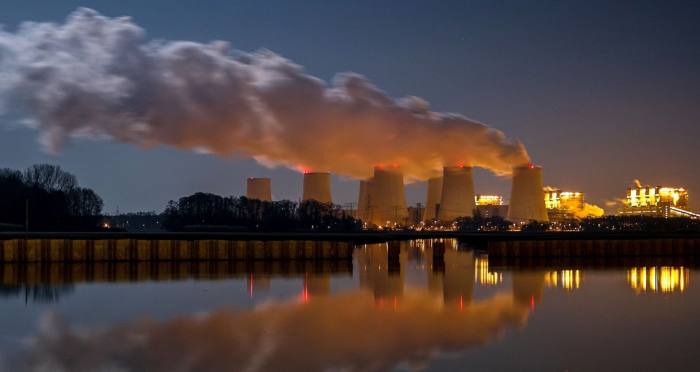Arctic rivalry heats up among the great powers
At the start of this year, India published a draft national strategy for the Arctic. Even for a country that is closer to the equator than to the North Pole, the Arctic matters. However, in an icy region that once served as a model for post-cold war co-operation, the rivalry heating up among China, Russia and the US is cause for concern.
At times, it can seem as if almost everyone is getting in on the Arctic act. Apart from India, new or updated strategies for the region have appeared in the past three years from Canada, China, the EU, France, Germany, Norway, Poland, Russia, Sweden and the UK. In Washington, the US Air Force, Army, Coast Guard, Department of Defense, Department for Homeland Security, Marine Corps and Navy have added to the pile of strategy documents.
The striking feature of these publications is that almost all make reference to national security dimensions of Arctic policy. For example, the US Air Force said last year that it is a zone of “immense geostrategic consequence”. Jens Stoltenberg, Nato’s secretary-general, spoke in March of “the increased military presence of Russia” and an “increased Chinese presence” that were “changing the security landscape”.
So the intensifying rivalry reflects more than climate change and the disturbing implications for the planet’s future from rising Arctic temperatures. Ultimately, the US, Russia and China are eyeing each other with suspicion in the region because of sharpening tensions elsewhere such as east-central Europe and east Asia, and in other policy areas such as trade, cyber activities and space.
Arctic climate change is nonetheless an urgent matter for everyone. India’s strategy mentioned the connection between melting Arctic ice cover and monsoon patterns. It also warned that warmer Arctic temperatures might release pathogens trapped under the ice and set off future pandemics.
From an economic viewpoint, climate change holds out the prospects of faster, ice-free shipping lanes between Europe and Asia, and of access to vast, remote energy and mineral riches. In some respects, however, these prospects are more attractive in theory than practice.
Low world oil and gas prices, coupled with the professed goals of governments and businesses to move to a carbon-neutral future, make it unprofitable to launch large Arctic energy projects. The biggest exception is a Russian liquefied natural gas venture on the Yamal peninsula that China has invested in.
This project illustrates how great power tensions shape trends in the Arctic. For it was US and European sanctions, imposed in response to Russia’s 2014 annexation of Crimea and military intervention in eastern Ukraine that prompted Moscow to turn to China for help with the Yamal venture.
In principle, the Arctic’s most important future shipping lane is the Northern Sea Route, which extends along Russia’s northern coast and is increasingly free of ice. For China, it could be 10-12 days quicker to send goods to Europe by this route than by the traditional one through the Strait of Malacca and the Suez Canal. Arguably, China has more financial resources than its western rivals to invest in the infrastructure needed to exploit the new route.
In fact, Chinese interest in developing a “polar silk road” has waned somewhat as Beijing has focused on the obstacles to profitable investment. At points, the Northern Sea Route is too shallow for large container vessels. China also has to pay for Russian navigation and ice-breaking services.
Yet some experts in Moscow are sounding the alarm about letting China expand its influence in the Arctic, as it has already done in the Russian Far East. For the Kremlin, the difficulty is that Arctic development appears essential for Russia’s economic future, but bad relations with the west risk making Moscow over-reliant on Beijing’s help.
Similar concerns about China’s Arctic role underpin US policy towards Greenland. Former president Donald Trump caused uproar in 2019 when he suggested buying the island from Denmark. With less fanfare, the US signalled its resolve to keep Beijing in check by signing an accord last October with Denmark and Greenland that covered the island’s Thule air base as well as trade, energy and environmental protection.
For sure, the rivalry in the Arctic is not out of control. But the eight-power Arctic Council, a forum for regional co-operation set up in 1996, is not equipped to tackle it because its mandate excludes security issues. The Arctic is a fragile region. It needs the US, Russia and China to find enough common ground to protect its future against the fallout from their other disputes.
Climate Capital

Where climate change meets business, markets and politics. Explore the FT’s coverage here